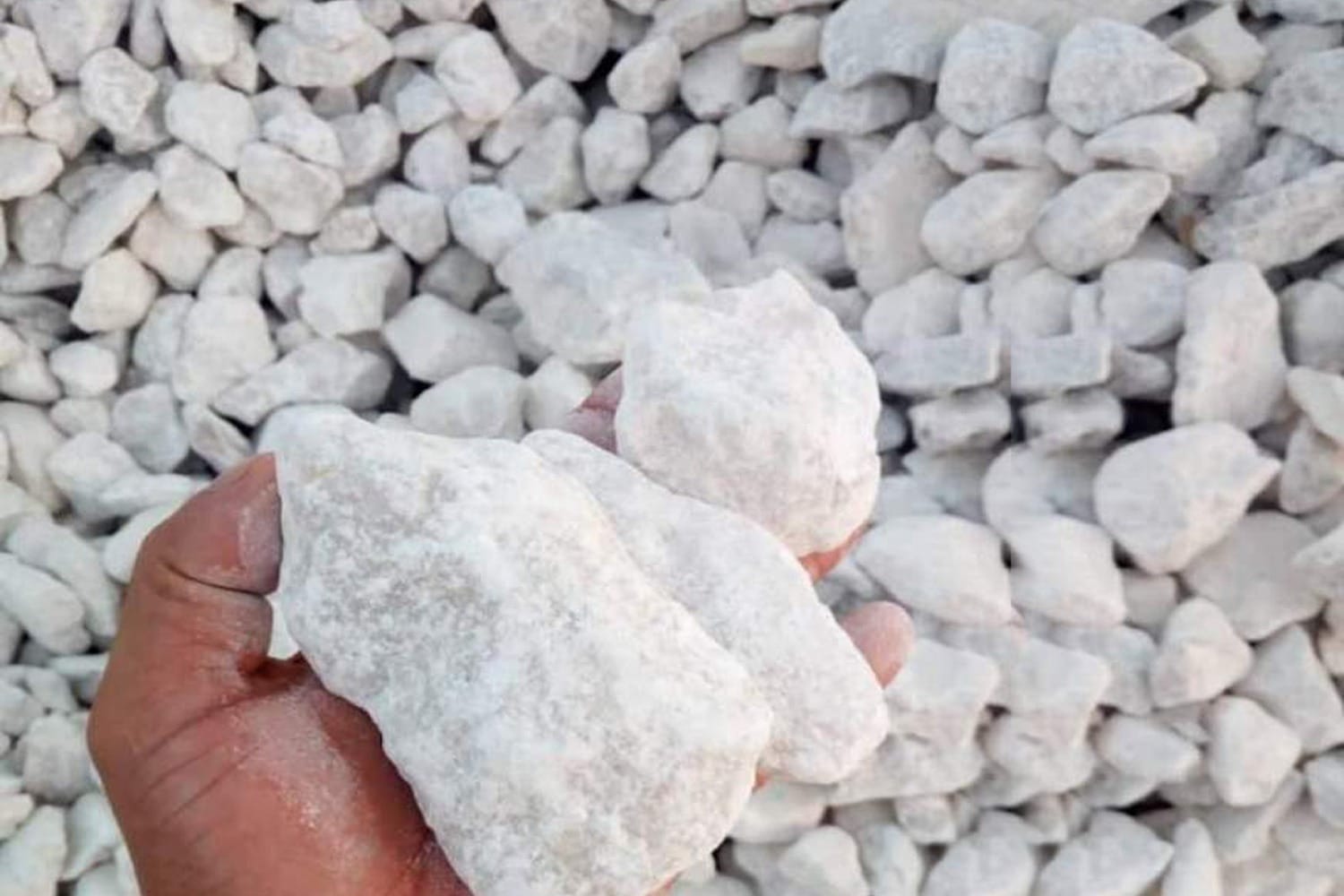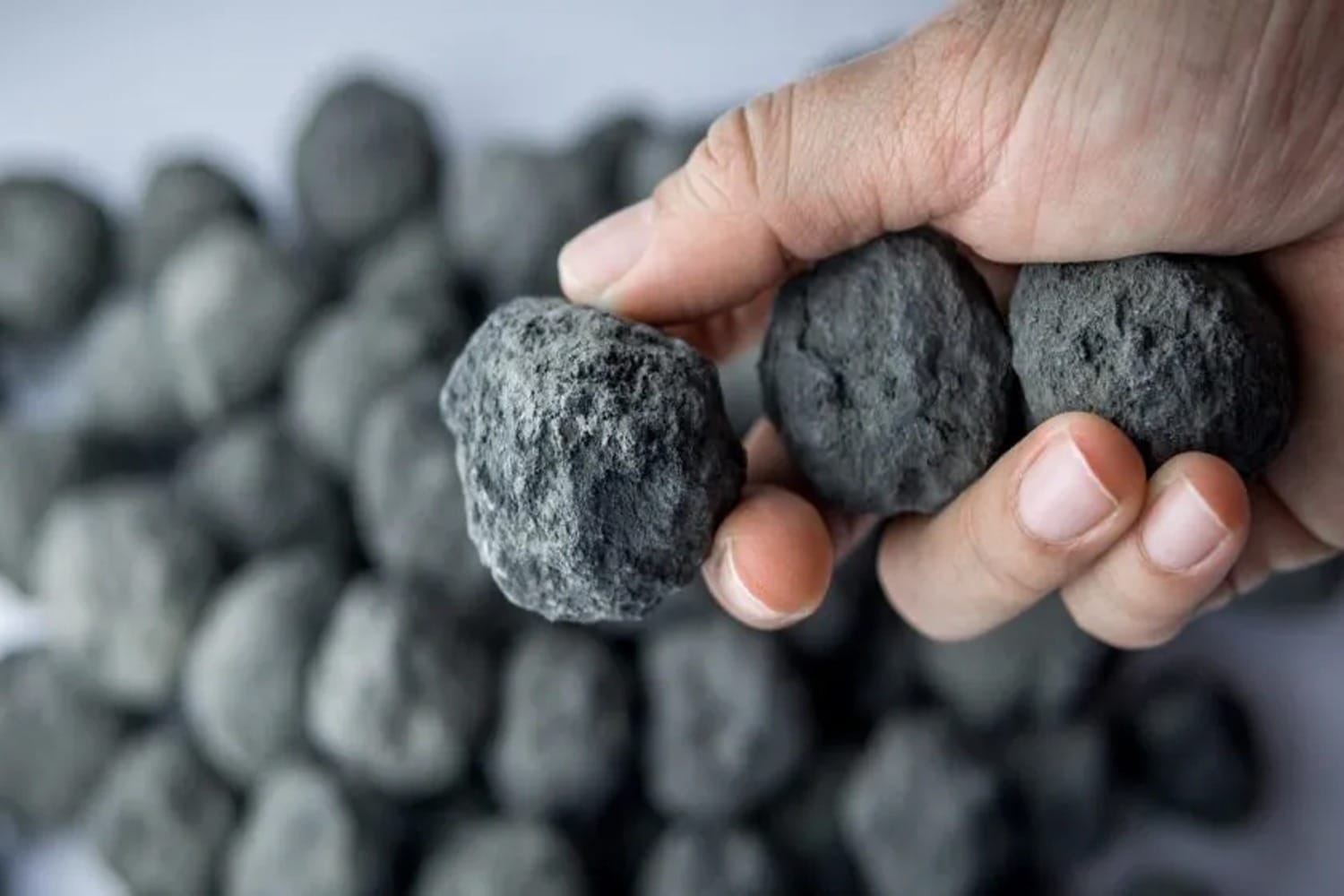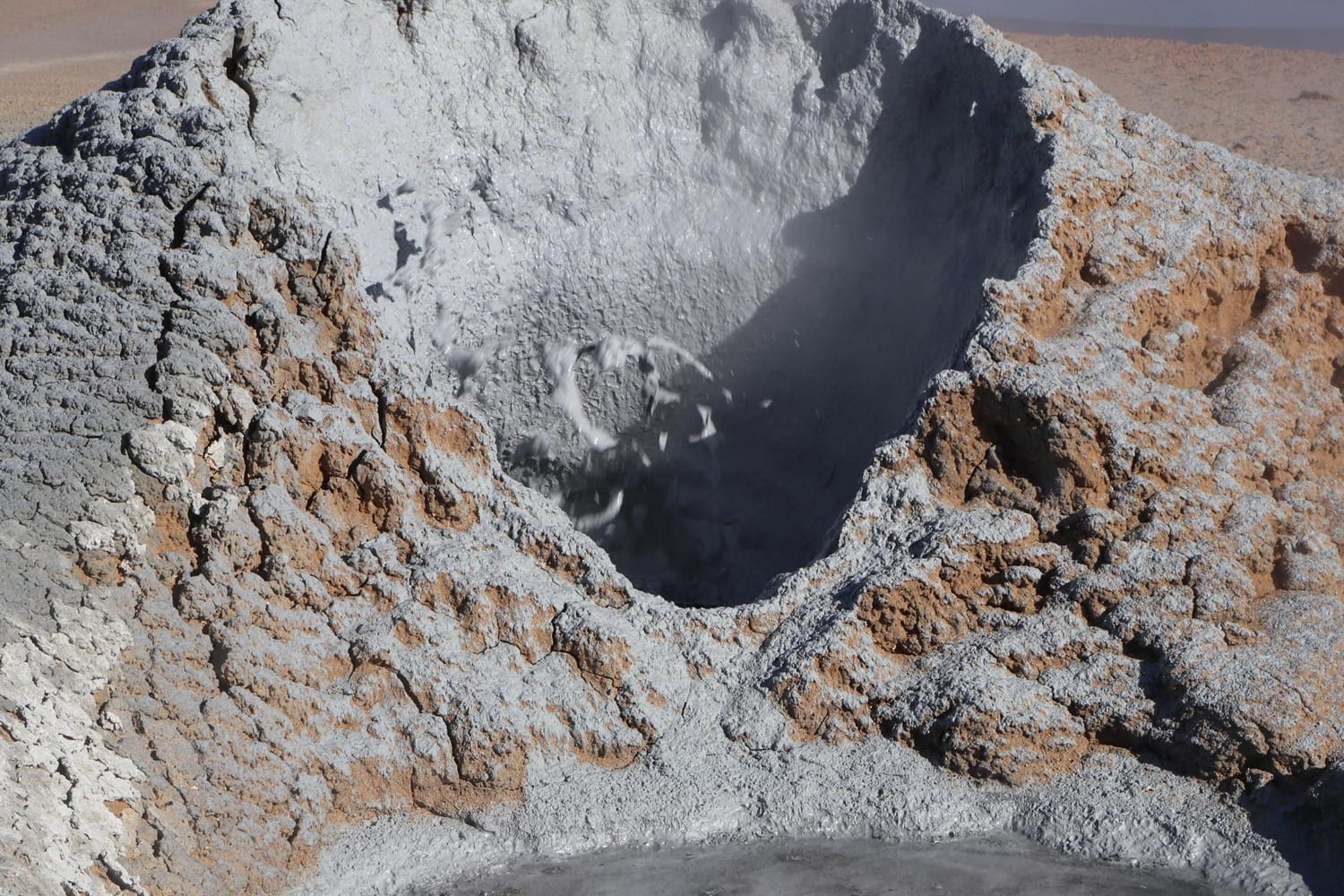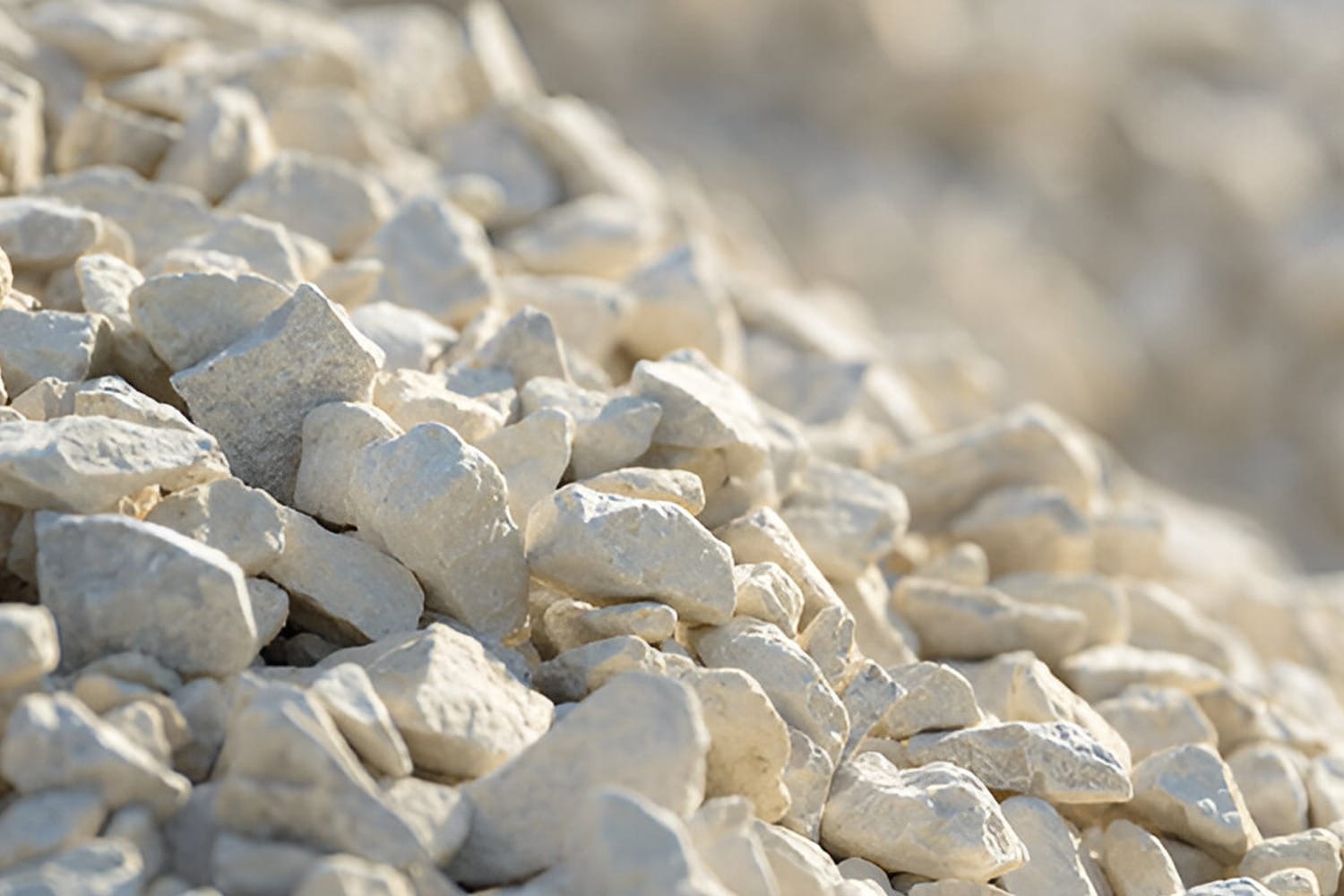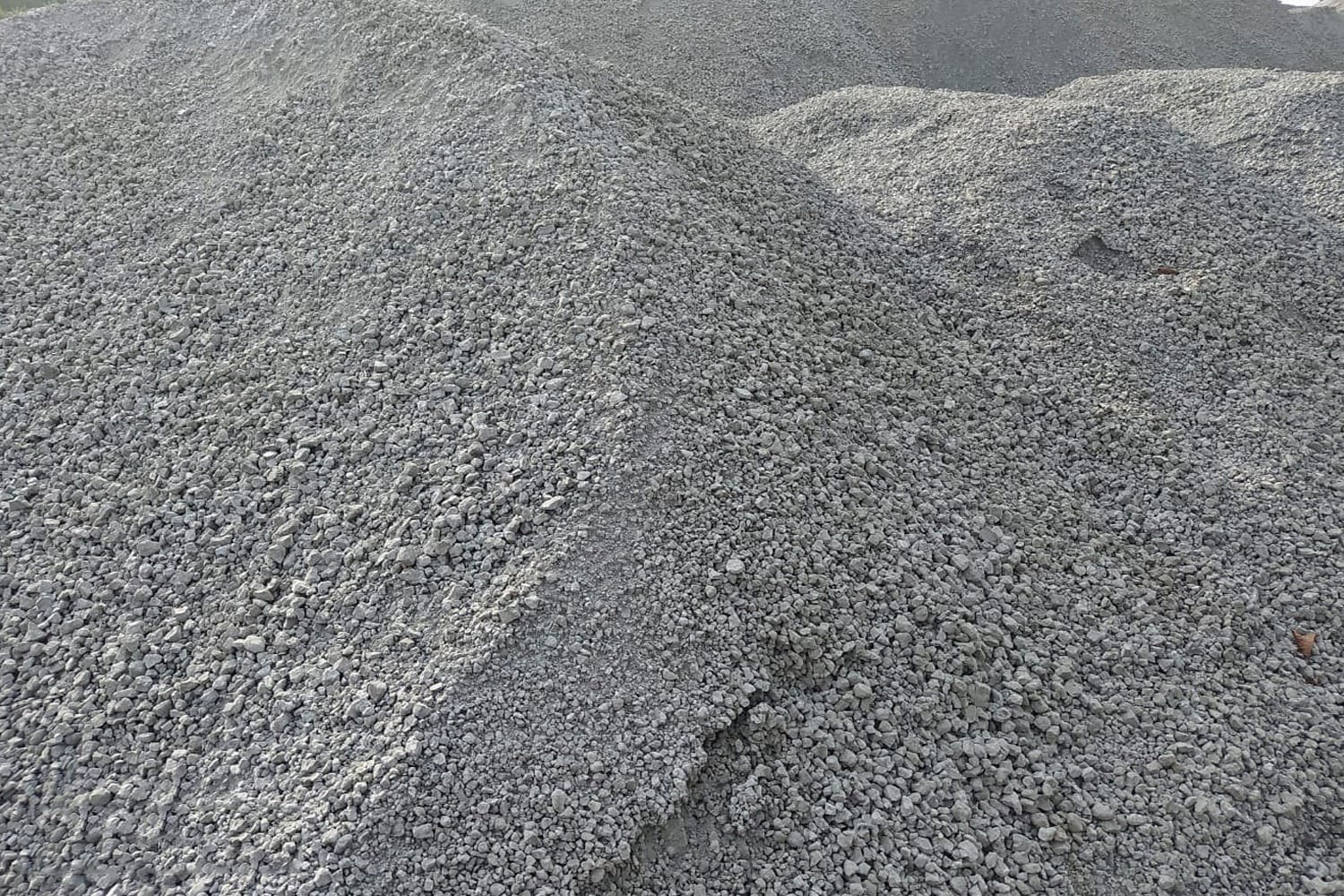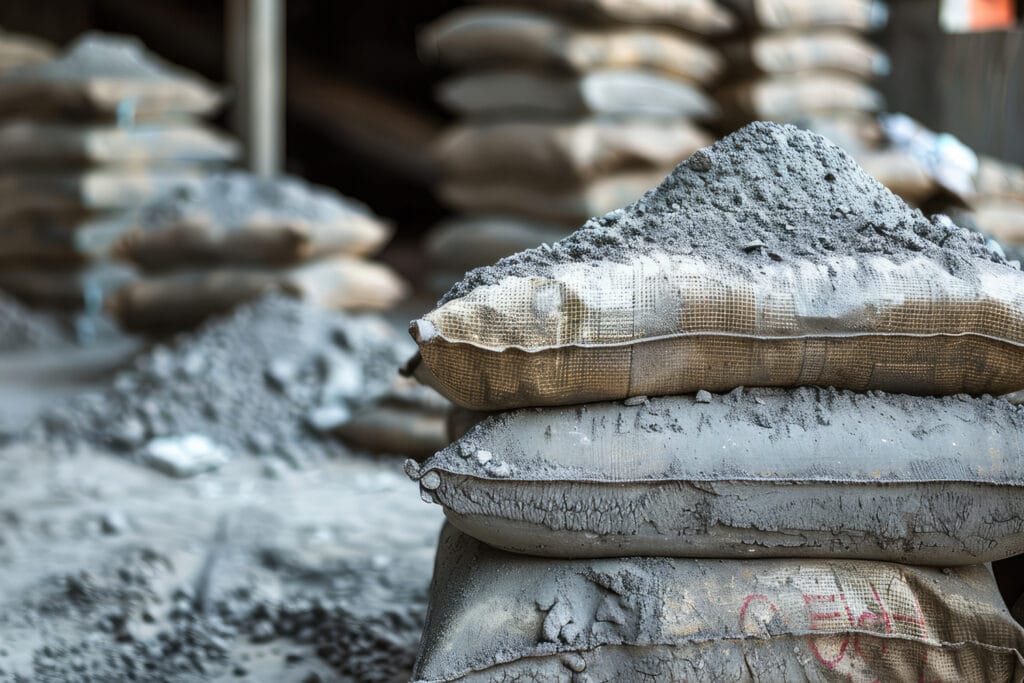
Key Characteristics
1. Composition
- Rich in calcium, silica, and alumina, which are key components of cementitious materials.
2. Appearance
- Fine, light-colored powder.
3. Chemical Properties
- It has latent hydraulic properties, meaning it reacts with water in the presence of an activator like calcium hydroxide or cement.
Benefits
1. Enhanced Durability
- Improves resistance to sulfate attacks and chloride ingress.
- Reduces permeability, enhancing the lifespan of concrete structures.
2. Eco-Friendly
- Reuses industrial waste, reducing landfill use.
- Lowers carbon footprint compared to ordinary Portland cement (OPC) production.
3. Improved Workability
- Produces smoother and more workable concrete.
4. Reduced Heat of Hydration
- Minimizes the risk of thermal cracking in large structures like dams.
Applications
1. Concrete Production
- Blended with OPC to produce high-performance concrete.
- Common mix proportions include 40-70% replacement of OPC.
2. Soil Stabilization
- Used in road construction and geotechnical applications.
3. Precast Products
- Pipes, blocks, and structural elements.
4. Marine Structures
- Excellent for areas exposed to seawater due to its chloride resistance.
Advantages in Sustainable Construction
1. Waste Utilization
- Promotes the circular economy by repurposing industrial by-products.
2. Energy Efficiency
- GGBS requires significantly less energy to produce compared to OPC.
3. Green Certifications
- Contributes points toward green building certifications like LEED.

